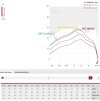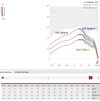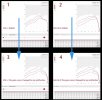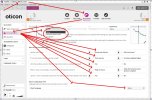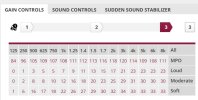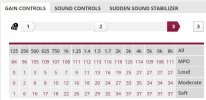For Oticon high-end products, they have high-end features such as MoreSound Intelligence, MoreSound Amplifier, Soft Speech Booster, and more. Also, their Fitting Formulas are optional for VAC+.
If we look at Oticon’s low-end products, they have no high-end features, and at the same time, Fitting Formulas do not include VAC+.
So, I have two questions:
1, is there some kind of correlation between these high end features and VAC+?
2, The most important question: when fitting Oticon More1, what high-end features would I lose when I go with NAL-NL2 and drop the VAC+?
Thanks for any guidance!
If we look at Oticon’s low-end products, they have no high-end features, and at the same time, Fitting Formulas do not include VAC+.
So, I have two questions:
1, is there some kind of correlation between these high end features and VAC+?
2, The most important question: when fitting Oticon More1, what high-end features would I lose when I go with NAL-NL2 and drop the VAC+?
Thanks for any guidance!



